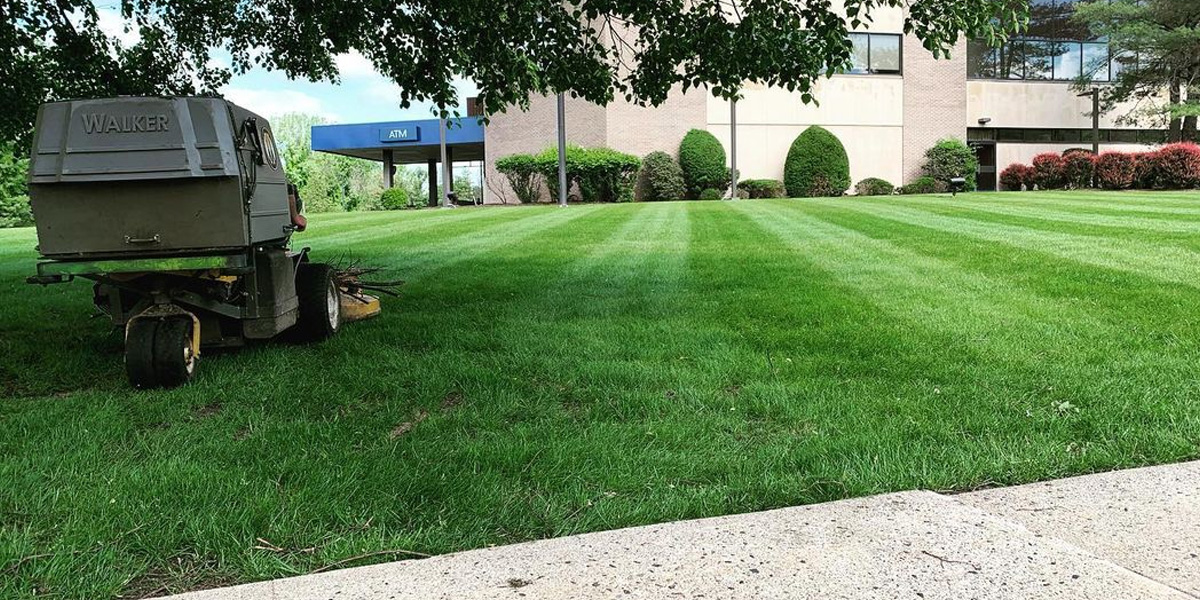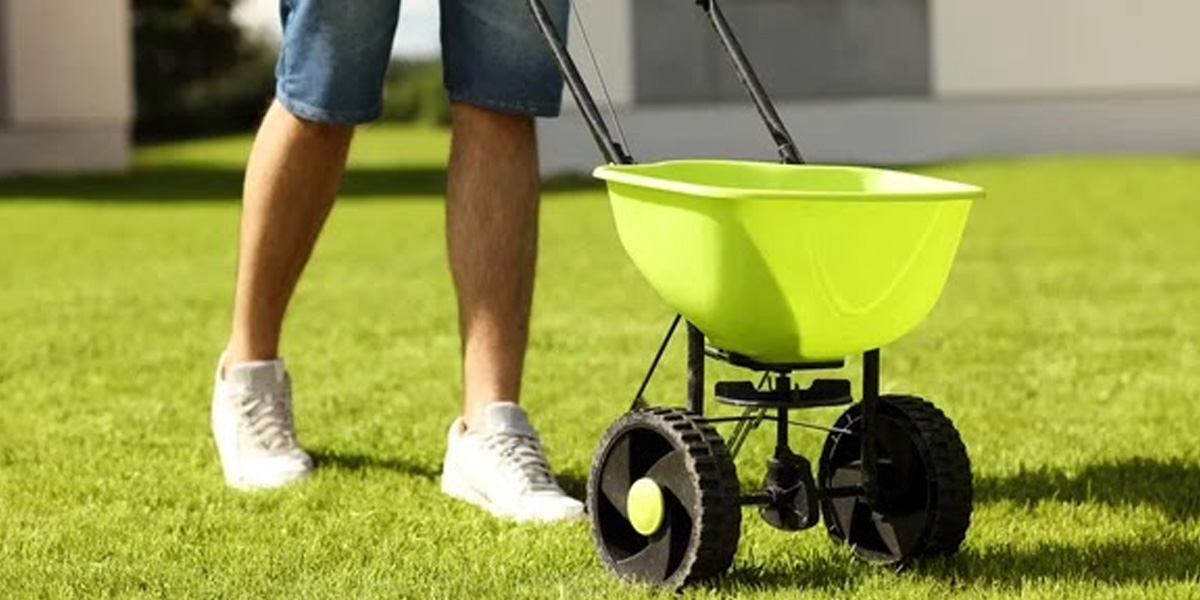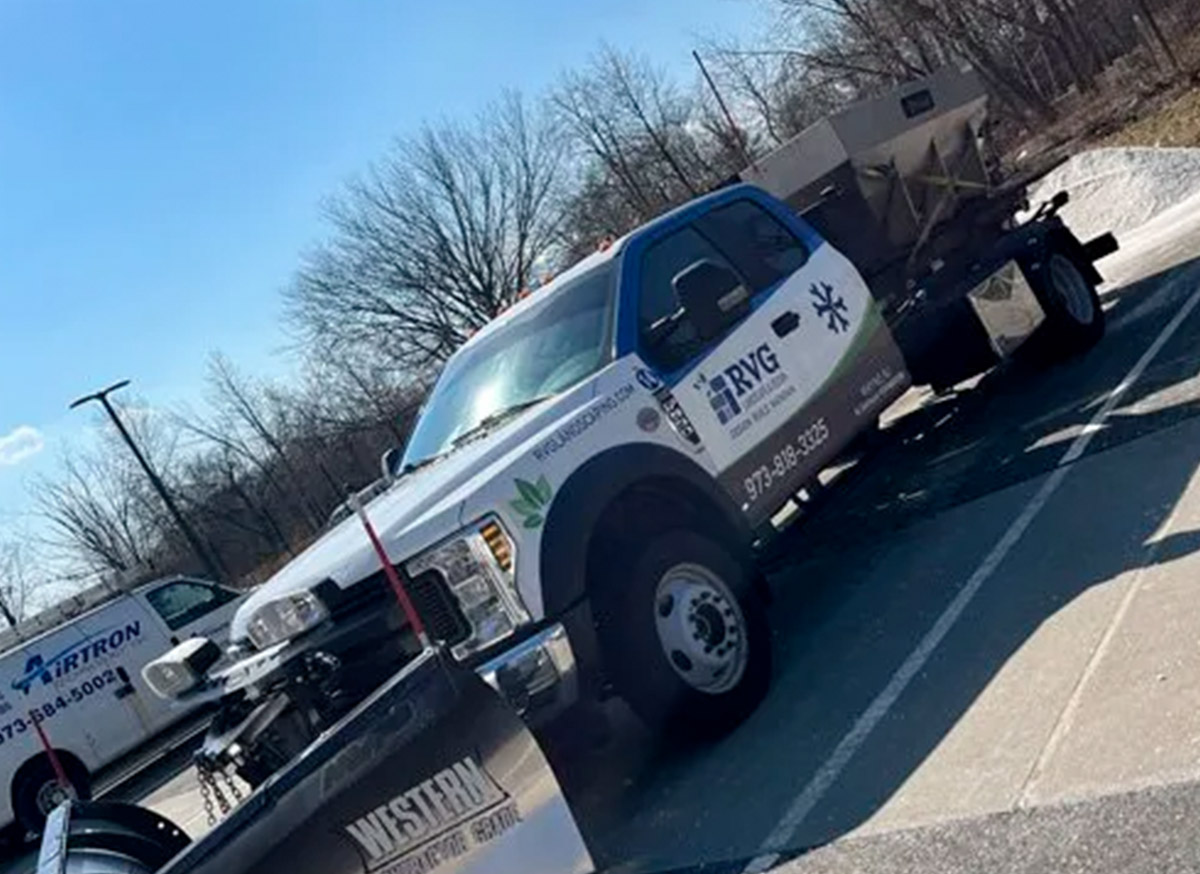A beautiful green lawn is something any homeowner, gardener, or landscaper can take pride in. That perfect stretch of green grass doesn’t just happen with regular mowing and watering; it’s the result of proper lawn fertilization. Fertilizing your lawn is crucial for its health and appearance, and understanding why it’s important can help you achieve that vibrant green space you’ve always wanted.
In this guide, we’ll explore why fertilizing your lawn is so important and share some practical tips to make sure you’re doing it right. From choosing the right type of fertilizer to knowing the best times to apply it, we’ll cover all the bases. Whether you’re new to lawn care or looking to refine your skills, these insights will help you get the most out of your yard.

Why Fertilize Your Lawn?
Understanding Nutrients
Your lawn needs key nutrients to stay healthy and look great. The main ingredients in lawn fertilizers are nitrogen (N), phosphorus (P), and potassium (K). Here’s what each one does for your grass:
- Nitrogen promotes vigorous growth and a vibrant green color.
- Phosphorus supports strong root development.
- Potassium boosts overall health and disease resistance.
Without these essential nutrients, your lawn can end up patchy, weak, and more prone to weeds and diseases. If your grass doesn’t get what it needs, you’ll notice thinning areas, bare spots, and an unhealthy look overall. This makes it tough to keep your lawn looking full and vibrant.
The Science Behind Fertilization
Fertilizers replenish the soil with necessary nutrients that often get depleted over time because of things like frequent mowing, foot traffic, and rough weather. Natural processes like rain, grass clippings, and the soil itself don’t always provide enough of these essential nutrients for healthy growth. Without the right nutrients, your grass can get thin, weak, and more prone to diseases and pests. By fertilizing you make sure your lawn has everything it needs to grow thick, green, and strong. This turns your yard into a beautiful and vibrant space that’s not only nice to look at but also tough enough to handle all kinds of stress. Regular fertilization is a key part of good lawn care, keeping your grass healthy and looking great over the long haul.
Practical Benefits
A well-fertilized lawn does more than just look good; it also improves air quality by producing more oxygen. Plus, it can even boost your property value. Healthy grass creates a robust lawn that stands up to foot traffic and environmental stressors. When your lawn is in top shape, it’s not just an asset but also a pleasure to enjoy with family and friends. Investing in proper fertilization ensures you get a lawn that’s both beautiful and durable, adding real value to your home.
When to Fertilize
Spring Fertilization
Spring is a popular time for fertilization. For cool-season grasses like Kentucky bluegrass and fescue, apply fertilizer when temperatures warm up, around mid to late spring. This timing helps the grass recover from winter dormancy and prepares it for summer heat.
Summer Considerations
In hot climates, fertilize warm-season grasses such as Bermuda and zoysia in early summer. Avoid fertilizing cool-season grasses during peak summer heat, as this can stress the plants.
Fall Fertilization
Fall is arguably the best time to fertilize. Apply a balanced fertilizer in early fall to fortify cool-season grasses, promoting root growth and energy storage for winter. For warm-season grasses, a late summer to early fall application prepares them for dormancy.
Winter Fertilization
In mild climates, a winter fertilization can be beneficial. Use a slow-release formula to ensure nutrients are available as needed without stimulating excessive growth during dormant periods.

Choosing the Right Fertilizer
Reading Fertilizer Labels
Fertilizer labels display three numbers representing the N-P-K ratio, which stands for nitrogen (N), phosphorus (P), and potassium (K). These elements are crucial for plant growth and health. For instance, a 10-10-10 fertilizer contains equal parts nitrogen, phosphorus, and potassium, providing balanced nutrition to support various stages of plant development, including root growth, flowering, and overall vigor. Understanding these ratios helps gardeners choose the right fertilizer for their specific needs.
Organic vs. Synthetic
- Organic Fertilizers are derived from natural sources like compost or poultry manure. They release nutrients slowly, improving soil health over time.
- Synthetic Fertilizers provide immediate nutrient availability, ideal for quick fixes. However, they can lead to nutrient runoff if overused.
Specific Recommendations
For sandy soils, go with a fertilizer that’s rich in potassium since these soils often struggle to hold onto nutrients. Potassium strengthens plant roots and helps them resist drought, making it especially useful for sandy conditions. On the other hand, clay soils do well with a balanced N-P-K ratio (nitrogen, phosphorus, and potassium). Nitrogen promotes leafy growth, phosphorus is key for root development and flowering, and potassium boosts overall plant health. It’s essential to provide all these nutrients for robust plant growth in clay soils.
Loamy soils, known for their great texture and fertility, usually just need a nitrogen supplement to enhance their natural richness. Nitrogen is vital for protein and chlorophyll production, both of which are crucial for plant growth and photosynthesis. To get your fertilization strategy just right, consider doing a thorough soil test. These tests tell you about pH levels, organic matter content, and specific nutrient deficiencies, giving you a detailed guide for soil management. Regular testing keeps your soil healthy and productive, leading to optimal plant growth and higher yields in your garden or farm.
How to Fertilize
Step-by-Step Instructions
- Calculate the Amount:
Begin by measuring your lawn to determine the total area. This can be done using a tape measure or a wheel. Refer to the specific package instructions of the fertilizer to calculate the exact amount needed for your lawn size. It’s important to get this right to avoid under or over-fertilizing.
- Apply Evenly:
For large areas, use a broadcast spreader to distribute the fertilizer. For smaller lawns, a handheld spreader will suffice. Ensure you walk at a consistent pace, overlapping slightly with each pass to achieve even coverage. Uneven application can lead to patchiness and uneven growth in your lawn.
- Water In:
After applying the fertilizer, water your lawn lightly. This helps the nutrients dissolve and soak into the soil, allowing them to reach the grass roots effectively. Be careful not to over-water, as this can wash away the fertilizer and reduce its effectiveness. Wait for the water to penetrate the soil fully before adding any more.
Important Tips
- Avoid fertilizing before heavy rain to prevent runoff.
- Don’t over-apply, as too much fertilizer can burn your grass.
- Follow a regular schedule based on the type of grass and local climate conditions.
Lawn Fertilization Mistakes to Avoid
Over-Fertilizing
Applying too much fertilizer can damage your lawn. Symptoms of over-fertilization include yellowing grass, patchy growth, and increased susceptibility to disease.
Ignoring Soil pH
Your soil’s pH impacts nutrient availability. Most grasses prefer a pH between 6.0 and 7.0. Conduct a soil test and adjust accordingly with lime (to raise pH) or sulfur (to lower pH).
Inconsistent Application
Uneven application results in streaks of dark green and pale grass. Ensure your spreader is calibrated correctly and apply in overlapping patterns.

Tools and Equipment
Essential Tools
- Broadcast Spreader:
Ideal for large lawns, ensuring even distribution over a wide area.
- Handheld Spreader:
Great for small lawns or spot treatments.
- Hose-End Sprayer:
Efficient for liquid fertilizers, especially on uneven terrain.
Maintenance Tips
Keep your tools clean and well-maintained to ensure they perform well and last a long time. After each use, make sure to rinse off any fertilizer residue thoroughly to avoid corrosion and clogs that can mess with your equipment’s efficiency. Regularly inspect your tools for signs of wear and tear. Perform necessary maintenance tasks like lubricating moving parts and replacing worn-out components. Taking these steps will keep your tools in good working condition and ready for the next job.
Recommendations
Invest in quality tools from reputable brands to ensure durability and reliability. When selecting tools, look for adjustable settings to accommodate various tasks and comfortable handles to reduce hand fatigue. These features will not only make the task easier but also enhance precision and efficiency, ultimately leading to better results.

Additional Tips for a Healthy Lawn
Regular Mowing
Keep your grass at the recommended height for its type to ensure optimal health and growth. Mow frequently to avoid removing more than one-third of the blade length at once, which helps prevent stress and promotes a lush, green lawn. Regular mowing also helps control weeds and maintain an even, attractive appearance.
Proper Watering
Water deeply and infrequently to encourage deep root growth, which makes your lawn more drought-resistant and robust. Early morning is the best time to water, reducing evaporation and minimizing the risk of fungal growth. Ensure that your lawn receives about 1 to 1.5 inches of water per week, including rainfall.
Aeration and Overseeding
Aerate your lawn annually to relieve soil compaction, allowing air, water, and nutrients to penetrate the soil more effectively. This process helps roots grow deeper and stronger. Overseed your lawn to fill in bare spots, improve the overall density, and promote a thick, uniform turf that is more resistant to weeds and diseases. Use a high-quality seed mix suitable for your grass type and climate.
Our Conclusion
Lawn fertilization is essential for maintaining a healthy and vibrant lawn. By understanding the importance of key nutrients, choosing the right fertilizer, and applying it correctly, you can transform your yard into a lush green paradise. Remember, lawn care is an ongoing process that requires regular attention and adaptation to seasonal changes.
Ready to take your lawn to the next level? Start your fertilization routine today and enjoy the benefits of a thriving, beautiful landscape. For more personalized advice, book a consultation with one of our experts and discover tailored solutions for your lawn care needs.




